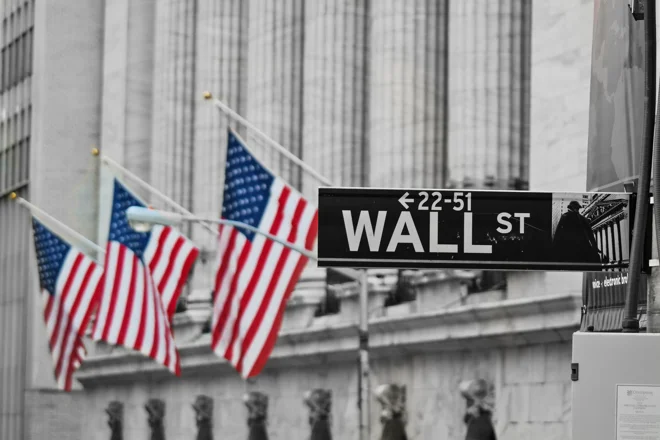September is all about getting back to normal life now that the holidays are over. This sense of normalisation – if one could really call it that in the Covid world – is happening in the wider economy too. We’re moving past the peak in terms of rate of growth. But the absolute level of activity is still above average and points to expansion. We expect this moderation to be gradual, partly as some of its drivers are transitory, such as the Delta variant and supply bottlenecks, and partly because we see limited scope for abrupt monetary/fiscal tightening at this point. Rather, we anticipate a recalibration in the policy impulse. As the global economy leaves the worst of Covid-19 behind, there’s less of a need for the same degree of stimulus. The key implications of these macro shifts are a gradual rise in bond yields and, in some cases, a lesser tilt of risk assets towards cyclicality.
Starting point matters: The ‘bungee jump’ of last year saw economic activity contracting at an unprecedented pace in Q2 and rebounding more or less as strongly the following quarter. Since then, sequentially, growth has continued to accelerate until the middle of this year. This is now changing. Global macro surprises have turned negative and growth in the US, China and Europe is moving past the peak, although the level of activity ex-China – where issues in the property sector are an extra downside risk – remains solid and, so far, any impact of the Delta variant is proving manageable. But there’s less catch-up potential now and policy support is set to diminish, with central banks tapering their asset purchases and governments letting some of their emergency stimulus expire.
Important shifts coming: The key macro change we expect is the Fed announcing that it will taper its asset purchases. This is a global trend across central banks in developed markets: while modalities are different, the Bank of England is already doing it and the European Central Bank too is beginning to scale back its emergency purchases – with spiking gas prices in the UK and continental Europe complicating the picture. The US payroll miss in August and the downward revisions to the GDP path for the remainder of the year could make the Fed outlook and the timing of this move somewhat more uncertain. That said, upward revisions to past employment numbers, declining unemployment and slightly accelerating wage growth indicate that tapering is forthcoming.
Here’s why this matters:
Implication #1 | Good news vs bad news: Over the summer, the S&P 500 has continued to make all-time highs despite weakening macro conditions. After the ‘good news is good news’ environment in Q1 – when economic activity was strong and accelerating – for the S&P 500 ‘bad news’ (solid but worse data vs expectations) has become ‘good news’ again last quarter, as it would imply ongoing policy stimulus. However, recently macro surprises have turned more negative and growth appears to be decelerating, albeit from a strong pace (apart from China, where the slowdown is more marked, though more idiosyncratic too as mainly due to regulatory tightening). Some deceleration post-reopening is normal. Our cycle indicator still points to expansion. But during periods of negative macro surprises average returns for the S&P 500 and equities more in general tend to be lower.
Implication #2 | Winners vs losers: This macro environment, historically, points to no clear outperformance by either growth or value stocks: investors may now need to work harder to find value areas where the dislocation is greatest, and growth areas presenting opportunities combined with some value for that growth. The trajectory of bond yields, of course, could still be a driver across sectors and styles, especially if it turned out to take an unexpected turn: a rapid rise, for example, or a decline. But, in our base case of gradual yield rises, it may matter more at an aggregate (index) level. Later this year, we expect the Fed to announce its tapering plans. This is likely to put upward pressure on Treasury yields, but only moderately as rate hikes aren’t yet in sight – at least not for another year. While setbacks are possible, we think equity and credit markets should be able to cope.
Meanwhile, all eyes on the Fed this week…
Another tapering hint: The Fed (Wednesday) should signal an intent to taper later this year and project extra rate hikes over the medium term. We expect a formal announcement in November or December, to start tapering the following month. This should moderately raise 10-year Treasury yields, steepen the yield curve and, potentially, strengthen the US dollar. The Bank of England (Thursday) is likely to stay on hold. But there’s increasing chatter that conditions for higher rates are being met. It may be the first major central bank to hike at some point next year. In Norway, the central bank (Thursday) is expected to raise rates by 25 bps from zero. The purchasing managers’ indices (Thursday) and the German Ifo business climate (Friday) should paint a picture of positive but slowing growth. Ahead of the German election this Sunday, the latest polls could be interesting too.
Daniele Antonucci | Chief Economist & Macro Strategist
This document has been prepared by Quintet Private Bank (Europe) S.A. The statements and views expressed in this document – based upon information from sources believed to be reliable – are those of Quintet Private Bank (Europe) S.A. and are subject to change. This document is of a general nature and does not constitute legal, accounting, tax or investment advice. All investors should keep in mind that past performance is no indication of future performance, and that the value of investments may go up or down. Changes in exchange rates may also cause the value of underlying investments to go up or down.
Copyright © Quintet Private Bank (Europe) S.A. 2021. All rights reserved.





